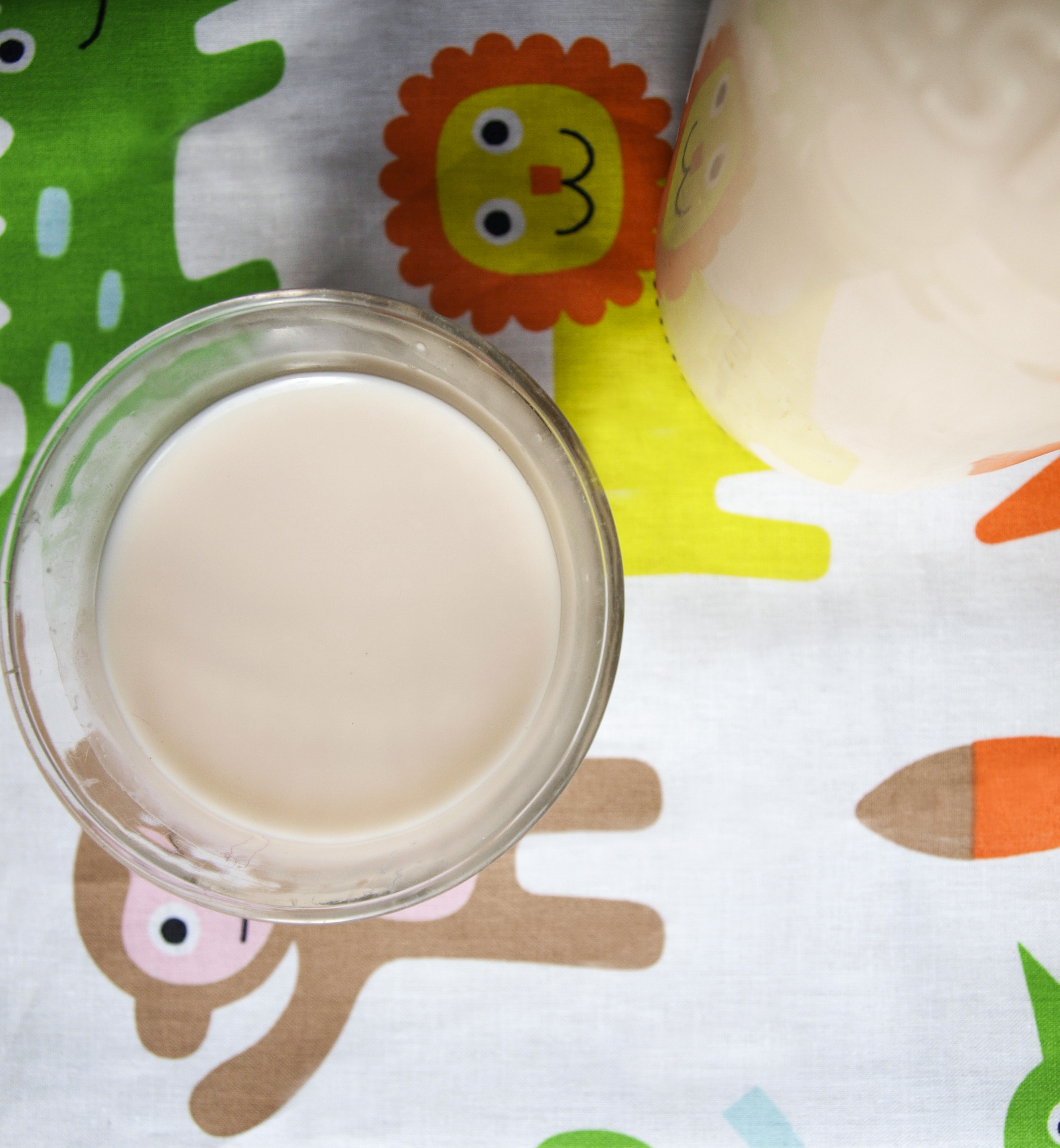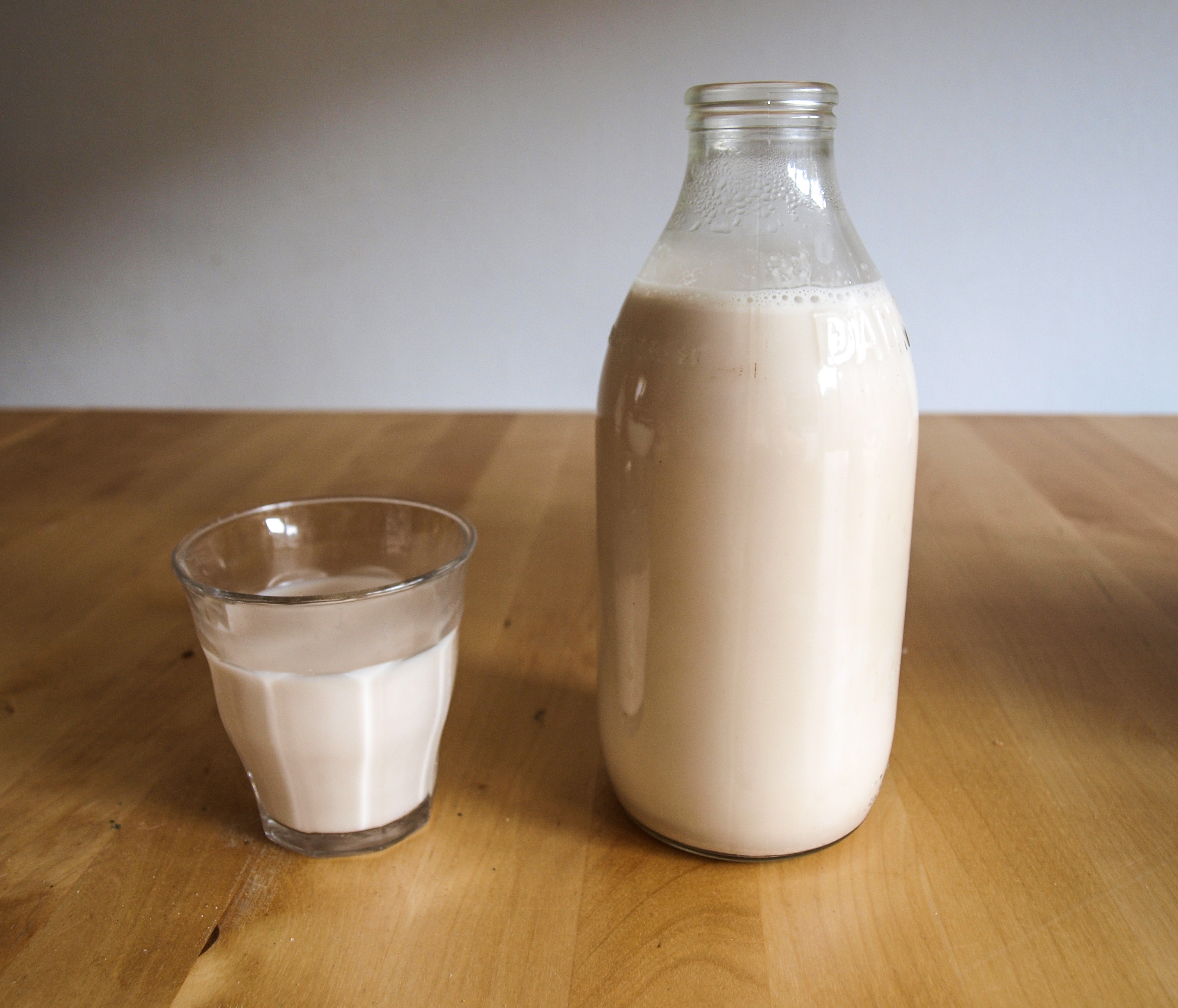Do we need Dairy?
Nutritional therapist Tea Novo gives us her views on the value of milk and dairy products after the early weaning years…
The time has truly come to wipe off the milk moustache – but not in the manner that ad campaigners would have us imagine. In the past year, the dairy advertising industry has shifted its emphasis from ‘cool’ milk-drinking celebrities onto ordinary people, who are consuming milk as an essential ingredient for a healthy life. We are told that cow’s milk is a key ingredient for healthy bones and child growth with its calcium, vitamin D, protein and fatty acids. And while milk was certainly helpful in the wake of two world wars, when a malnourished population needed all the nutritional help it could get, milk in the first half of the 20th century was a very different drink to what we are served today.
What are you drinking?
Indeed, we can get some essential fatty acids and a lot of protein from milk, but if we look at all the toxic additives that cow’s milk contains today, the harmful effects outweigh the benefits. How has milk, then, changed so drastically in its make up? Looking across the food industry in general, the trend is one of an increased demand and consumption, and milk, like many other foods that cannot be produced at the quantities that the market demands, has become a product that is doctored with a cocktail of medication and hormones.
By its very nature, cow’s milk contains a higher number of hormones than human milk, which is already a burden for the human digestive tract. Coupled with the additives and the fact that today’s milk is pasteurised and homogenized, has resulted in the removal of any helpful enzymes and fat the drink initially contained and whose function was to aid digestion and absorption. By design cows are supposed to live on foraging vegetation, but in more recent years the animals are rarely fed grass. Their diet is ‘enriched’ with fortified grains and animal by-products, which is a far cry from what their bodies can handle. Cows are expected to produce around 10 gallons of milk every day and the slow foraging of grass cannot get them anywhere near that figure.
They are then given medication to trick their bodies into believing they are pregnant so that they can lactate infinitely. This constant lactation increases the risk of mastitis – an inflammation of the mammary glands – so they are given antibiotics. Milk is a product of blood filtration and as such contains all the drugs, peptides and hormones found in blood. One of these hormones is insulin growth factor IGF-1 which, not only encourages growth as its name suggests, but in addition promotes the growth of cancer cells. All of this can be found in your average supermarket pint of milk.
Asian and African countries, where dairy consumption is minimal, have staggeringly lower rates of breast and prostate cancer and osteoporosis in comparison to the West, where the popular theory is that we need milk due to its calcium and vitamin D content, so that we can grow strong and healthy bones. But in order to get enough Vitamin D from milk, a person would need to drink around 5-6 glasses a day.
Scientific and evolutionary evidence against dairy is largely ignored because it is a profitable business. The dairy industry in the UK generates around £4.27 billion per year, and is valued at 16% of total agricultural profit.
 Why are we becoming increasingly intolerant?
Why are we becoming increasingly intolerant?
There is absolutely no evidence that we need milk after our weaning age, and there are plenty of natural sources of proteins, Vitamin D and other essential nutrients that support a healthy lifestyle that can be found in non-dairy products.
Just look at the facts: we lose the enzymes necessary for lactose digestion after the age of 2, which is the natural age for human weaning, but we continue to consume milk into old age. Cow’s milk, in its composition, is designed to raise a baby cow’s weight from around 35kg to 350kg in one year, and once the calves are weaned, they stop drinking it. Milk is composed of carbohydrates, fat and protein.
Carbohydrates in milk take the form of lactose, which is made out of two simple sugars: glucose and galactose. An enzyme called lactase is responsible for breaking down lactose into these simple sugars. The trouble is that approximately 60% of the world’s population doesn’t have this enzyme, making them lactose intolerant. The reaction can be as mild as discomfort and stomach upset, or as severe as a full on histamine reaction such as anaphylactic shock.
And our insistence on milk drinking into old age is just one of the reasons for the increasing dairy intolerance.
Dairy intolerance or lactose intolerance?
Dairy intolerance is not the same as lactose intolerance. Those who don’t tolerate dairy are allergic to the casein and whey found in milk. Unlike lactose, casein and whey cannot be removed from milk, which means that a dairy intolerant person will still react to products labeled as ‘lactose free’. Human milk also contains both whey and casein, but the level is both different and easier
to digest.
Raw milk is somewhat healthier, and it can be a good source of protein since it still contains the enzymes that enable its digestion in the human gastrointestinal tract. But the question remains of whether we need a type of protein that can double the size of a baby cow in just 30 days?
So what are the substitutes?
Nut milks are excellent dairy alternatives. They are high in protein – a glass of almond milk contains the same amount of calcium as cow’s milk, and magnesium, the most important mineral for healthy bones. My personal favourite is a blend of almond and hazelnut. It’s incredibly easy to make. Simply soak a cup of nuts overnight, then blend in the morning at high speed, together with a teaspoon of cinnamon, a couple of dates and a litre of water. Strain through a cheesecloth and you have a marvelously nutritious, healthy and protein-packed non-
dairy milk.
Hemp milk is a fantastic source of Omega 3 fatty acids and can be made by soaking un-hulled hemp in water, adding a sweetener of your own choice, then blending and straining.
Soy milk and soy products can be disruptive to our thyroid function, so I wouldn’t recommend them, plus they are toxic due to their high GM content. Over 50% of the world’s soy produce is cultured with the help of GM farming. The unethical nature of mono-crop farming of soy is also causing steady devastation of natural habitats in some parts of South America.
As for cheese alternatives, these are also easy to make at home, and again with nuts. Macadamia and cashew cheeses are popular choices. They are prepared by soaking nuts overnight, then blending with garlic, salt and nutritional yeast. Nut and seed pâtés are another superb way of creating a healthy protein dish without the help of cow. The pâté I have been making a lot recently is a blend of walnuts, sesame seeds, sundried tomatoes, thyme, garlic and salt on a high speed setting in a blender. Serve it in salad wraps.
For more information and great recipes from Tea Novo, visit www.teanovo.co.uk

